- Home
- Larry Niven
Destiny's Forge
Destiny's Forge Read online
For fifty thousand years the Kzinti Patriarchy thrived on battle fought for conquest. Against all odds the humans stopped them, and for five wars kept on stopping them. With its violent expansion checked, internal strains have built up within the Patriarchy, and now they threaten to tear it apart. When the ambitious Kchula-Tzaatz makes a bid for ultimate power, the established order comes tumbling down, and the flames of war burn hot in Destiny’s Forge.
Hammered on that Forge are:
* Major Quacy Tskombe, battle-hardened warrior turned diplomat. His life is duty, and his mission takes him to the Citadel of the Patriarch in a last ditch effort to avert war. When it all falls apart, he’s forced to choose between love and loyalty, with the fate of humanity hanging in the balance.
* Captain Ayla Kalinova, starship commander. As talented as she is beautiful, her hatred of the Kzinti has driven her to the top. Her space combat genius is unmatched, but when she’s trapped alone in the jungles of Kzinhome her survival will depend on a whole new skillset.
* Pouncer, First-Son-of-Meerz-Rrit, heir apparent to the galaxy’s most powerful empire. He’s reduced to a nameless fugitive with the collapse of his father’s dynasty. Survival demands escape, but honor demands vengeance, and the price of his Name will be paid in the blood of worlds.
Paul Chafe presents a masterpiece in the grand tradition of epic science fiction. No fan of Larry Niven’s best-selling Known Space series can miss Destiny’s Forge.
THE MAN-KZIN WARS SERIES
Created by Larry Niven
The Man-Kzin Wars
The Houses of the Kzinti
Man-Kzin Wars V
Man-Kzin Wars VI
Man-Kzin Wars VII
Choosing Names: Man-Kzin Wars VIII
Man-Kzin Wars IX
Man-Kzin Wars X: The Wunder War
Man-Kzin Wars XI
The Best of All Possible Wars
Destiny’s Forge by Paul Chafe
DESTINY’S FORGE
This is a work of fiction. All the characters and events portrayed in this book are fictional, and any resemblance to real people or incidents is purely coincidental.
Copyright © 2006 by Paul Chafe. “Man-Kzin Wars” universe is used by permission of Larry Niven.
All rights reserved, including the right to reproduce this book or portions thereof in any form.
A Baen Books Original
Baen Publishing Enterprises
P.O. Box 1403
Riverdale, NY 10471
www.baen.com
ISBN 10: 1-4165-2071-6
ISBN 13: 978-1-4165-2071-9
Cover art by Stephen Hickman
First printing, July 2006
Distributed by Simon & Schuster
1230 Avenue of the Americas
New York, NY 10020
Library of Congress Cataloging-in-Publication Data
Chafe, Paul, 1965-
Destiny’s forge / Paul Chafe.
p. cm.
Based on The Man-Kzin wars series created by Larry Niven.
ISBN-13: 978-1-4165-2071-9
ISBN-10: 1-4165-2071-6
1. Kzin (Imaginary place)--Fiction. I. Title.
PR9199.4.C44D47 2006
823'.92--dc22
2006007462
10 9 8 7 6 5 4 3 2 1
Pages by Joy Freeman (www.pagesbyjoy.com)
Printed in the United States of America
For Maggie, my mom.
The Tyger
Tyger! Tyger! burning bright,
In the forests of the night,
What immortal hand or eye
Could frame thy fearful symmetry?
In what distant deeps or skies
Burnt the fire of thine eyes?
On what wings dare he aspire?
What the hand dare seize the fire?
And what shoulder, & what art,
Could twist the sinews of thy heart?
When thy heart began to beat,
What dread hand? & what dread feet?
What the hammer? What the chain?
In what furnace was thy brain?
What the anvil? What dread grasp
Dare its deadly terrors clasp?
When the stars threw down their spears
And water’d heaven with their tears,
Did He smile his work to see?
Did He who made the lamb make thee?
Tyger! Tyger! burning bright,
In the forests of the night,
What immortal hand or eye
Dare frame thy fearful symmetry?
—William Blake
Contents
The roots of kzinti culture,
language and history.
THE ANVIL
WISDOM OF THE CONSERVERS
THE HAMMER
WISDOM OF THE CONSERVERS
THE FURNACE
The roots of kzinti culture,
language and history.
The kzinti culture is both more homogenous and richer than human culture. In a very real sense there are not one but many human cultures, since civilization arose not once but several times on Earth, each time in complete isolation and independence, separated by insurmountable geographic barriers. By contrast, both linguistic, historical and (where available) genetic evidence indicate that civilization arose on Kzinhome only once. In geocultural terms, this can be explained by Kzinhome’s relatively small (~50%) percentage of water cover and proportionally larger contiguous continental area, combined with the smaller range of climatic conditions over the non-polar regions of the planet. This is caused by the denser atmosphere and the tropical wind belt phenomenon, which acts to pump heat from the equator to the mid-latitudes. This arrangement can be expected to have facilitated the movement of trade and technology over isoclimatic lines with relative rapidity. At some point relatively early in the civilization cycle the primary kzinti culture was established and thriving planetwide. On genetic evidence it is certain that the kzinti species passed through a population bottleneck approximately ten thousand generations ago for unknown reasons.
Given the evidence of a single start point for kzinti civilization, we can argue that an evolutionary stress caused the bottleneck and triggered runaway sexual selection of intelligence with resultant rapid and concurrent development of bi-quadrupedal posture, language, and tool use as species traits. It seems likely this stress was a massive climatic shift brought about by the slight eccentricity in Kzinhome’s orbit caused by gravitational interactions with the gas giant Hgrall. This posited orbital shift, occurring approximately 200,000 years ago, would have increased average solar flux, in turn increasing the average surface temperature as much as 3 degrees Celsius, extending growing seasons and accelerating the rate of water circulation through the atmosphere and hydrosphere. The combination of these effects formed extensive rainforests throughout the tropical and temperate zones. Simultaneously large sections of the continental interiors were reduced to desert. The higher rate of photosynthesis has led directly to the high (~30%) oxygen levels seen in Kzinhome’s atmosphere today. A general rule of planetary evolution states that the average mass of animal species increases with increased solar energy flux. This is due to both the greater availability of food through increased plant growth, which supports a heavier food chain, and the greater availability of oxygen due to increased photosynthesis, which allows the high metabolic rates necessary for large, active animals to exist.
Although humans are accustomed to seeing the two-meter kzinti as large predators, in their native ecosystems they are small in relation to most high order fauna in their ecological range, small with respect to their primary prey species and small with respect to other predators with which they compete. Typically, large land predators take prey no more than twice th
eir weight, and usually less than their weight. By contrast, lone kzinti will stalk and kill zerkitz up to ten times their weight, and hunting parties will take a’kdzrow of up to twenty-five metric tons. In most cases where evolutionary forces lead to an increase in prey species size we expect to see the predator species increase along with them. However, in the case of the kzinti the large predator niches remained occupied by competitors such as the v’speel stalker and the pack hunting grlor.
This suggests that the kzinti were forced into the intelligence niche because their customary prey animals increased in size with the climate change but they themselves could not because the large predator niches were already occupied. As their prey grew larger the large predators flourished at the expense of the smaller early pre-kzin, driving them to the edge of extinction. This would have pushed the pre-kzin toward the cooperative hunter niche, which requires the development of complex signaling and a basic social structure. These developments set the stage for the evolution of intelligence. This picture is plausible but incomplete, and it is important to understand that while the individual links in this chain of reasoning have all been verified, to the extent possible through kzinti documentation, the actual proof of the cause and effect relationships asserted will have to await detailed research on Kzinhome itself.
Regardless of the root causes of the genetic bottleneck event, the effects on kzinti development are clear. The kzinti speak a single language, although there are many dialects, and extremely separated dialects have difficulty communicating. Given the limits imposed by speed-of-light communications in an interstellar empire, identical linguistic groups have had ample time to diverge but have not. It could be argued that this lack of linguistic flexibility is evidence of a more instinctive, less flexible language facility, hinting that kzinti are less intelligent than humans. However the Hero’s Tongue is a fully combinatorial language in the sense of Gödel, i.e., a formal system capable of making statements of arbitrary complexity. There is therefore no thought that cannot be expressed in the Hero’s Tongue. Further, kzinti are gifted mathematicians, which again requires thought processes capable of handling problems of arbitrary complexity. In addition, both the language areas and visual cortex in the kzin brain are highly developed and both larger and more finely structured than in humans.
This last fact may provide an answer to the puzzle of the Hero’s Tongue’s strange cohesion. It is known that the kzin population is richer in telepathic adepts than the human population, and it is known that the brain processes used in telepathy make extensive use of both language and visual circuits in humans. In the visual system this is known to correspond to the high demands of the active predator ecological niche. The low genetic diversity of the kzin race may have facilitated the emergence of a telempathic sense due to the high degree of correlation of thought and emotional processes between individuals. There is then a natural evolutionary pathway toward making use of the processing power of both visual and language brain circuits in order to extract increasingly detailed information from the telempathic sense. This development can in turn have locked in those brain circuits to the demands of telempathic processing. In the visual cortex these effects may not be noticeable, since the visual cortex is also locked into processing patterns that correspond to a verifiable external reality; however, there is no single “correct” combinatorial language system, which leaves the language centers of the brain free to select any of an infinite number of equally valid symbol systems.
This is the case in humans, and human languages drift and evolve rapidly. However, in kzinti we may conjecture that the telempathic sense has effectively locked in the language centers to its (still poorly understood) demands, which would go far toward explaining both kzin linguistic homogeneity and telepathic prowess. As a side note, hallucinatory experiences are common in human telepathic adepts, which may be due to the telempathic and other senses competing for the same brain processor resources. Kzinti telepaths also suffer from numerous cognitive difficulties, and this may explain why telepathy evolves rarely and is seldom a highly developed sense in any species despite its obvious evolutionary advantages: Its cognitive costs simply outweigh its survival benefits. The largest exceptions to this rule, the now extinct Slavers and the sessile Grogs, both show clearly the cognitive drawbacks of a highly developed telempathic sense.
Kzinti share with humans the ability to form hierarchical mass societies, but they are orders of magnitude less social. Any society can be seen as a series of opportunities to cooperate or compete, and in kzinti the balance falls more heavily on competition than in human society. This fact imposes strict limits on the forms of society that the kzinti can successfully use, and in fact we can see that kzinti culture shows much less variation than human culture does in terms of structure. The reasons for this are complex, but ultimately, for any evolved organism, the final measure of success is the number of offspring injected into future generations in relation to the number of offspring injected by competitors. There are two basic strategies available to achieve this, and we may categorize species as K (named because the population total is characterized by K, the carrying capacity of the environment) and r (named because the population total is characterized by r, the reproductive rate). K species are characterized by a small number of large offspring, long lifetimes with late maturity, and high levels of parental care. Type r species have a large number of small offspring, short lifetimes with early maturity, and low or no parental care.
In species with sexual reproduction we see two strategies, individuals who produce a small number of large gametes (females) and those who produce a large number of small gametes (males). This tendency usually generalizes so that we see females invest a large amount to ensure the success of a small number of offspring, and males invest a small amount in any given offspring in order to maximize the total number of offspring. Since the child-bearing capacity of females is the ultimate limit on the reproductive potential of any given generation, we usually see a situation in which males compete for females. In a species like the Wunderland gagrumpher, males invest no parental care in their offspring, and as a result we see a large sexual dimorphism, with males averaging five times the weight of a female and possessing specialized neck dewlaps, which serve both as an intimidation mechanism in male/male conflicts and as a sexually selected attractant to females. There are exceptions to this rule. In some bird species the male and female form long-term pair bonds and there is very little (although not zero) mate competition. As a result males and females are nearly identical in body plan and require an expert (or a con specific) to differentiate them. In a few fish species the technical details of reproduction dictate that males provide all or the bulk of parental care, and in these cases females compete aggressively for access to males, reversing the normal pattern.
In almost all mammalian species, males compete for females, but humans are an extreme case of the K strategy and this changes the equation. Due to the limitations of the female pelvis and the human specialization of large brain size, human infants are born almost completely helpless and require two decades to reach full maturity. This tremendous reproductive burden requires the dedicated assistance of the male to ensure the survival of the offspring in a primitive environment, and the males best able to provide this assistance then become objects of competition for females. Because of this almost unheard-of female competition, the degree of male competition is reduced. As a result male humans mass only about 50 percent more than females and females possess secondary sexual attractant displays that are almost universally confined to males in other mammals. Under these conditions cooperative, coalitional behaviors in both sexes are cost effective, and it is these behaviors that make human society possible. Through this process intelligence itself has become a sexually selected characteristic as well as a naturally selected characteristic. At this point in human evolutionary history it seems likely that sexual selection has become the dominant driving force behind the development of human intelligenc
e, as witnessed by the tremendous costs involved in bearing large-brained infants (including a significant death-in-labor and infant mortality rate under primitive conditions) and rearing them to adulthood. Such high-cost evolutionary features, like peacock tails and moose antlers, are generally only seen in cases of runaway sexual selection, where a trait evolves until the evolutionary cost of displaying it counterbalances the tremendous reproductive advantage it confers.
The kzinti are even more extreme K strategists than humans. Kzinti kits are normally born as brother/sister twins from a single egg, although there are rare cases of quadruplets or single births, and are typically nursed for eight to twelve (standard) years, during which time the female remains infertile. A fertile female kzin may have only three or four estrus cycles in her lifetime. As a result kzin population growth is extremely slow and kzin males compete strenuously both for females and for the resources to support them. A high proportion of kzin male deaths are due to challenge duels resulting from this competition, and in the adult population females outnumber males in a ratio of between two to one and three to one. In other words, between 50 and 75 percent of male kzin kits can expect to die in combat. Of these, most can expect to die at the hands of older and more established kzin, although among those Great Prides involved directly in the Man/Kzin wars almost 50 percent are killed in combat with humans or other species. Combat death among males begins in late adolescence and rises to a peak in young adulthood, declining steadily thereafter. This single fact dominates the entire kzinti social structure, and in fact the entire Patriarchy is built around the requirement to redirect the aggression of young males outward to prevent them from completely destabilizing the hierarchy. It is this high death rate that allows the extended polygamous mating structure that is the core of kzinti social life. Paradoxically this system has given the kzinti 50,000 years of cultural stability and an interstellar empire unmatched in Known Space. Unfortunately these achievements are little comfort to any particular adolescent kzin who, regardless of station of birth, can only look forward to a lifetime of status-driven combat with a better than even chance of violent death.

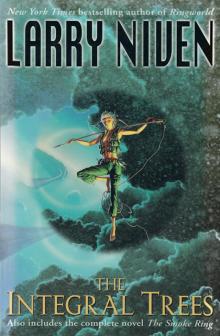 The Integral Trees - Omnibus
The Integral Trees - Omnibus A World Out of Time
A World Out of Time Crashlander
Crashlander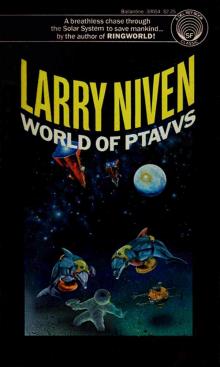 The World of Ptavvs
The World of Ptavvs Ringworld
Ringworld Juggler of Worlds
Juggler of Worlds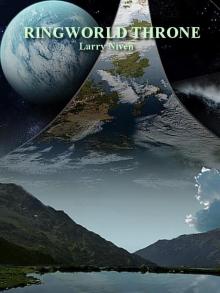 The Ringworld Throne
The Ringworld Throne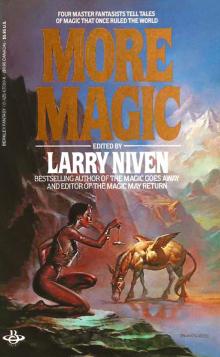 The Magic Goes Away Collection: The Magic Goes Away/The Magic May Return/More Magic
The Magic Goes Away Collection: The Magic Goes Away/The Magic May Return/More Magic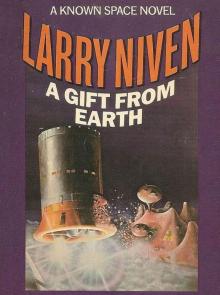 A Gift From Earth
A Gift From Earth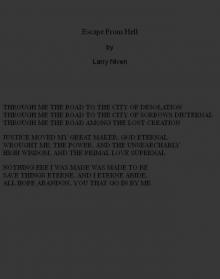 Escape From Hell
Escape From Hell Larry Niven’s Man-Kzin Wars - VII
Larry Niven’s Man-Kzin Wars - VII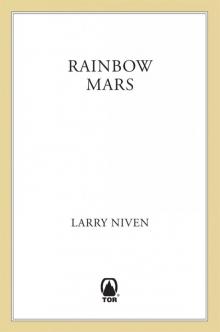 Rainbow Mars
Rainbow Mars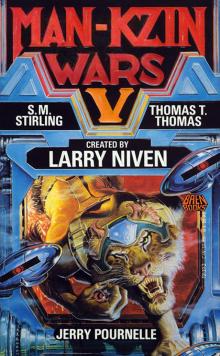 Larry Niven’s Man-Kzin Wars - V
Larry Niven’s Man-Kzin Wars - V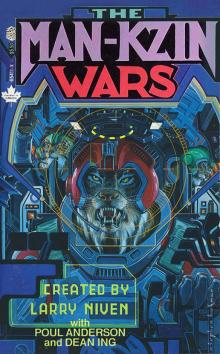 Larry Niven’s Man-Kzin Wars - I
Larry Niven’s Man-Kzin Wars - I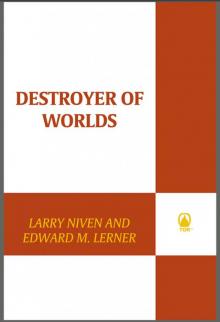 Destroyer of Worlds
Destroyer of Worlds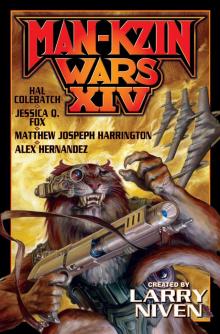 Man-Kzin Wars XIV
Man-Kzin Wars XIV Treasure Planet
Treasure Planet N-Space
N-Space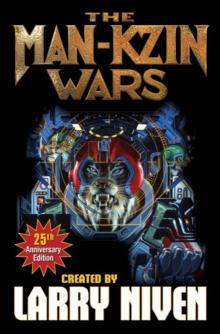 Man-Kzin Wars 25th Anniversary Edition
Man-Kzin Wars 25th Anniversary Edition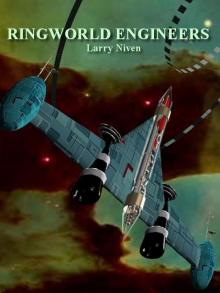 The Ringworld Engineers
The Ringworld Engineers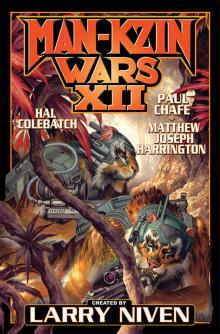 Larry Niven’s Man-Kzin Wars - XII
Larry Niven’s Man-Kzin Wars - XII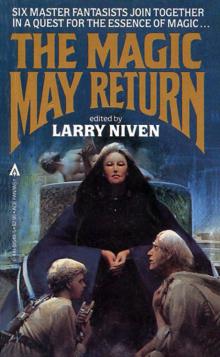 The Magic May Return
The Magic May Return Tales of Known Space: The Universe of Larry Niven
Tales of Known Space: The Universe of Larry Niven The Magic Goes Away
The Magic Goes Away Larry Niven’s Man-Kzin Wars - III
Larry Niven’s Man-Kzin Wars - III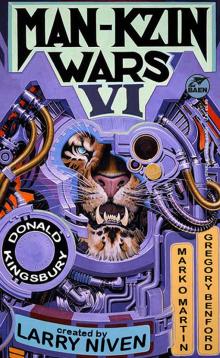 Larry Niven’s Man-Kzin Wars - VI
Larry Niven’s Man-Kzin Wars - VI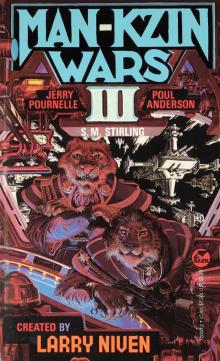 Man-Kzin Wars III
Man-Kzin Wars III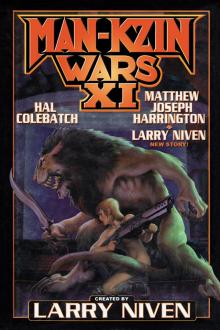 Larry Niven’s Man-Kzin Wars - XI
Larry Niven’s Man-Kzin Wars - XI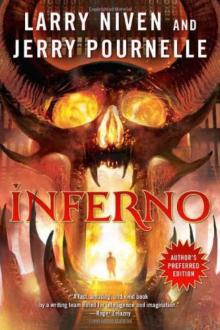 Inferno
Inferno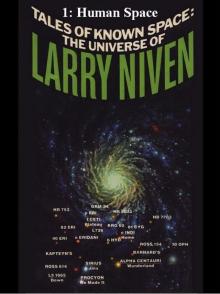 01-Human Space
01-Human Space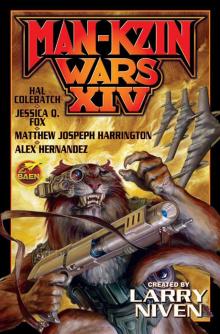 Larry Niven’s Man-Kzin Wars - XIV
Larry Niven’s Man-Kzin Wars - XIV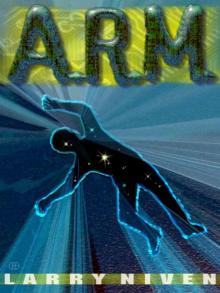 The Long Arm of Gil Hamilton
The Long Arm of Gil Hamilton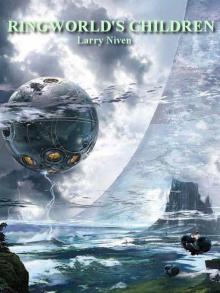 Ringworld's Children
Ringworld's Children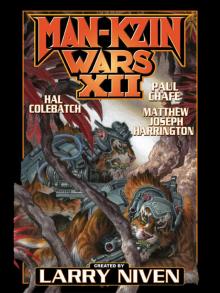 Man-Kzin Wars XII
Man-Kzin Wars XII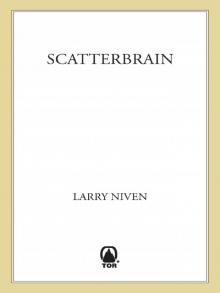 Scatterbrain
Scatterbrain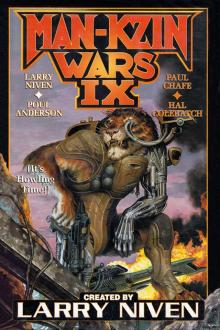 Man-Kzin Wars 9
Man-Kzin Wars 9 Man-Kzin Wars XIII
Man-Kzin Wars XIII Flatlander
Flatlander Man-Kzin Wars V
Man-Kzin Wars V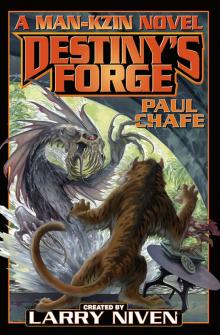 Destiny's Forge
Destiny's Forge Scatterbrain (2003) SSC
Scatterbrain (2003) SSC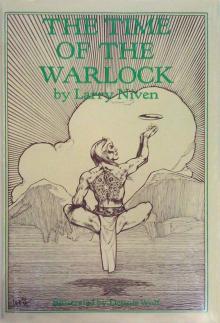 The Time of the Warlock
The Time of the Warlock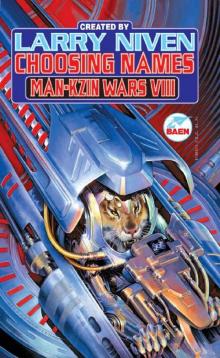 Choosing Names: Man-Kzin Wars VIII
Choosing Names: Man-Kzin Wars VIII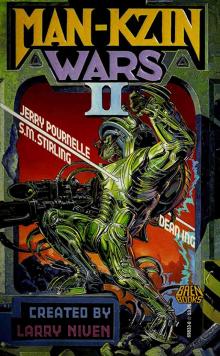 Larry Niven's Man-Kzin Wars II
Larry Niven's Man-Kzin Wars II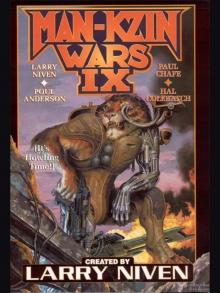 Man-Kzin Wars IX (Man-Kzin Wars Series Book 9)
Man-Kzin Wars IX (Man-Kzin Wars Series Book 9)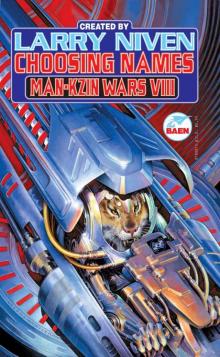 Choosing Names: Man-Kzin Wars VIII (Man-Kzin Wars Series Book 8)
Choosing Names: Man-Kzin Wars VIII (Man-Kzin Wars Series Book 8)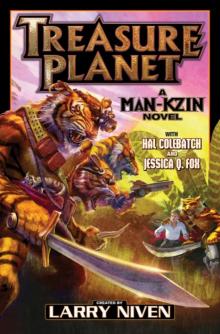 Treasure Planet - eARC
Treasure Planet - eARC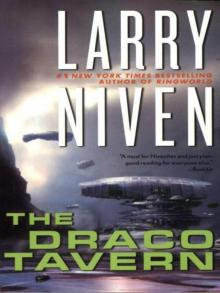 The Draco Tavern
The Draco Tavern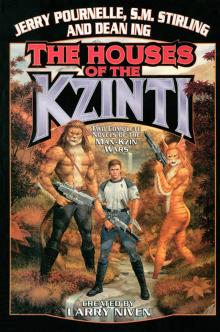 Larry Niven’s Man-Kzin Wars - The Houses of the Kzinti
Larry Niven’s Man-Kzin Wars - The Houses of the Kzinti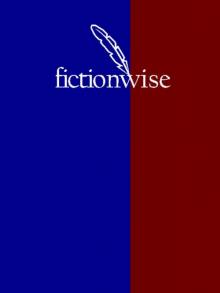 The Fourth Profession
The Fourth Profession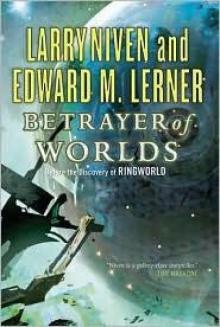 Betrayer of Worlds
Betrayer of Worlds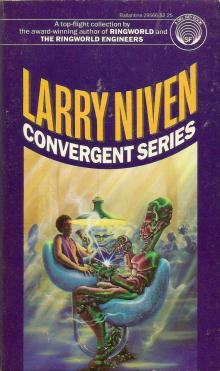 Convergent Series
Convergent Series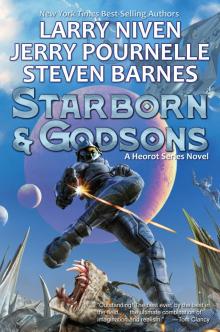 Starborn and Godsons
Starborn and Godsons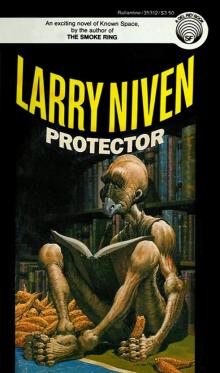 Protector
Protector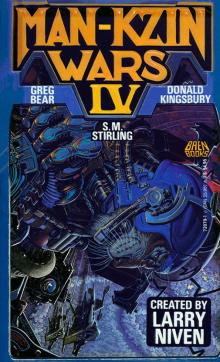 Larry Niven’s Man-Kzin Wars - IV
Larry Niven’s Man-Kzin Wars - IV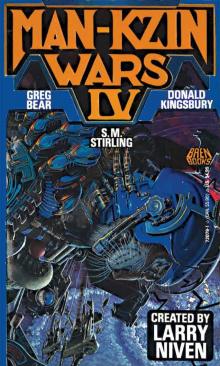 Man-Kzin Wars IV (Man-Kzin Wars Series Book 4)
Man-Kzin Wars IV (Man-Kzin Wars Series Book 4)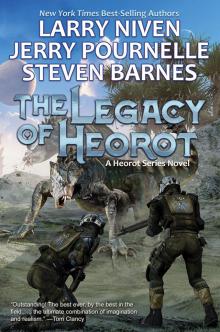 The Legacy of Heorot
The Legacy of Heorot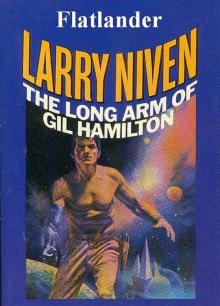 03-Flatlander
03-Flatlander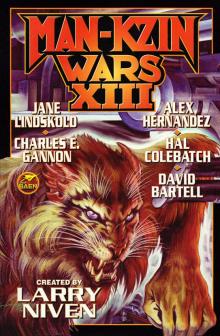 Larry Niven’s Man-Kzin Wars - XIII
Larry Niven’s Man-Kzin Wars - XIII Destiny's Road
Destiny's Road Fate of Worlds
Fate of Worlds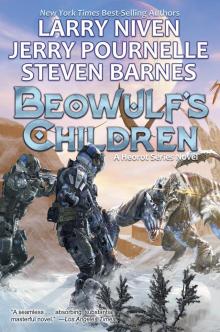 Beowulf's Children
Beowulf's Children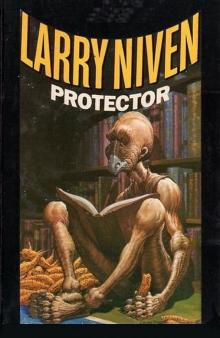 04-Protector
04-Protector The Flight of the Horse
The Flight of the Horse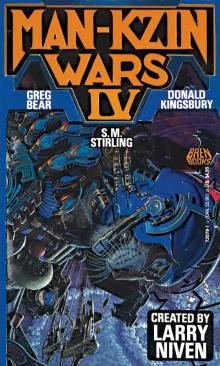 Man-Kzin Wars IV
Man-Kzin Wars IV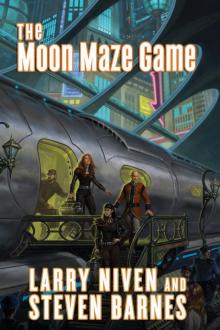 The Moon Maze Game dp-4
The Moon Maze Game dp-4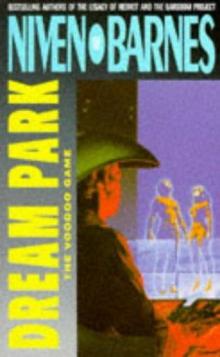 The California Voodoo Game dp-3
The California Voodoo Game dp-3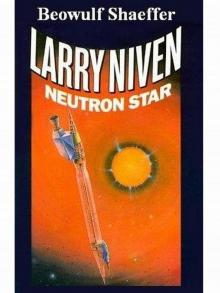 07-Beowulf Shaeffer
07-Beowulf Shaeffer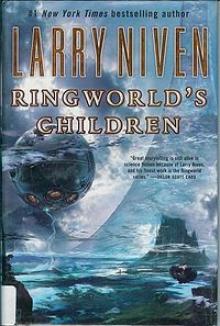 Ringworld's Children r-4
Ringworld's Children r-4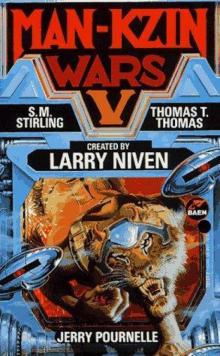 The Man-Kzin Wars 05
The Man-Kzin Wars 05 The Man-Kzin Wars 12
The Man-Kzin Wars 12 Lucifer's Hammer
Lucifer's Hammer The Seascape Tattoo
The Seascape Tattoo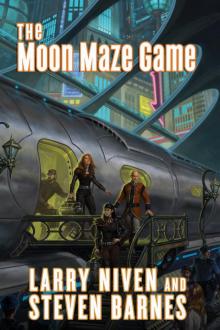 The Moon Maze Game
The Moon Maze Game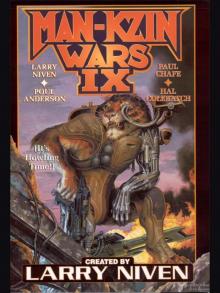 Man-Kzin Wars IX
Man-Kzin Wars IX All The Myriad Ways
All The Myriad Ways More Magic
More Magic 02-World of Ptavvs
02-World of Ptavvs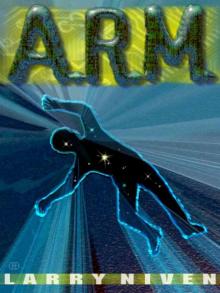 ARM
ARM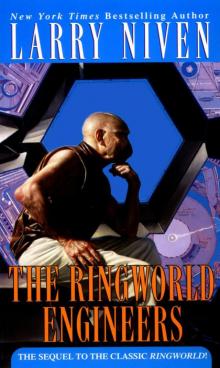 The Ringworld Engineers (ringworld)
The Ringworld Engineers (ringworld)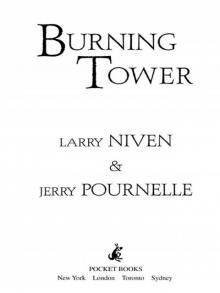 Burning Tower
Burning Tower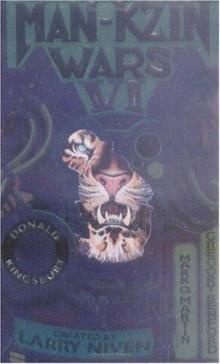 The Man-Kzin Wars 06
The Man-Kzin Wars 06 The Man-Kzin Wars 03
The Man-Kzin Wars 03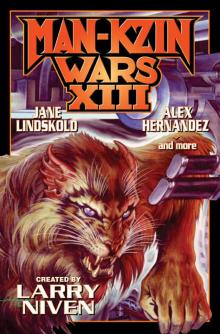 Man-Kzin Wars XIII-ARC
Man-Kzin Wars XIII-ARC The Hole Man
The Hole Man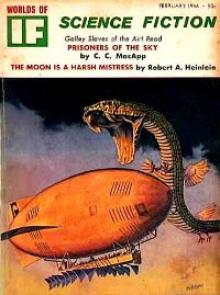 The Warriors mw-1
The Warriors mw-1 The Houses of the Kzinti
The Houses of the Kzinti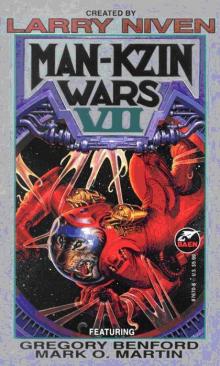 The Man-Kzin Wars 07
The Man-Kzin Wars 07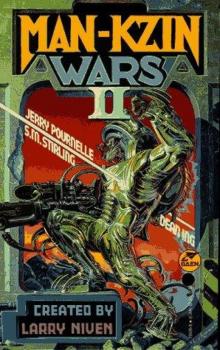 The Man-Kzin Wars 02
The Man-Kzin Wars 02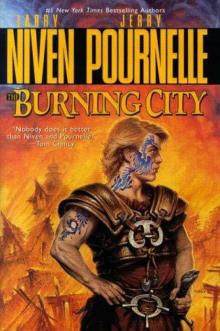 The Burning City
The Burning City At the Core
At the Core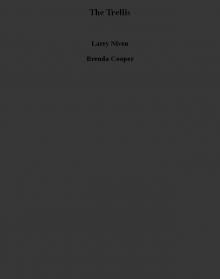 The Trellis
The Trellis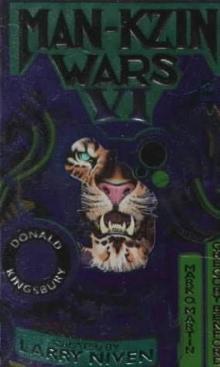 The Man-Kzin Wars 01 mw-1
The Man-Kzin Wars 01 mw-1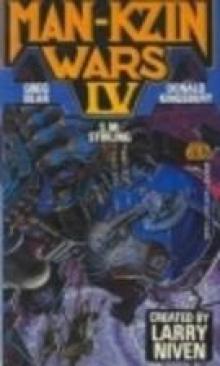 The Man-Kzin Wars 04
The Man-Kzin Wars 04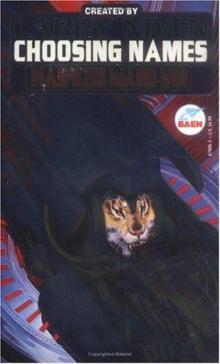 The Man-Kzin Wars 08 - Choosing Names
The Man-Kzin Wars 08 - Choosing Names Dream Park
Dream Park How the Heroes Die
How the Heroes Die Oath of Fealty
Oath of Fealty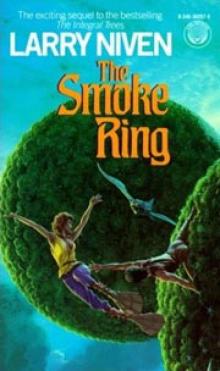 The Smoke Ring t-2
The Smoke Ring t-2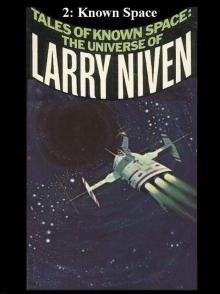 06-Known Space
06-Known Space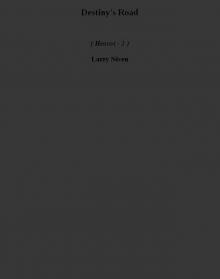 Destiny's Road h-3
Destiny's Road h-3 Flash crowd
Flash crowd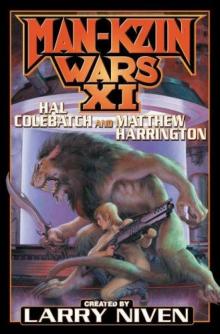 The Man-Kzin Wars 11
The Man-Kzin Wars 11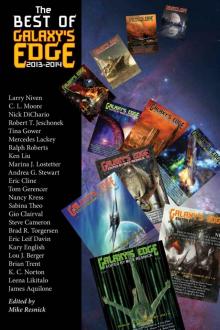 The Best of Galaxy’s Edge 2013-2014
The Best of Galaxy’s Edge 2013-2014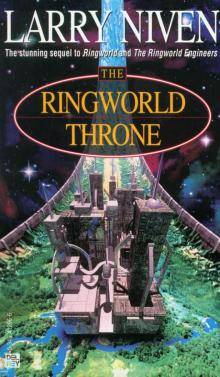 The Ringworld Throne r-3
The Ringworld Throne r-3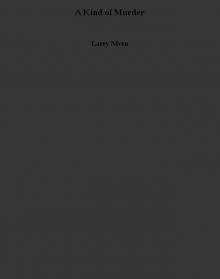 A Kind of Murder
A Kind of Murder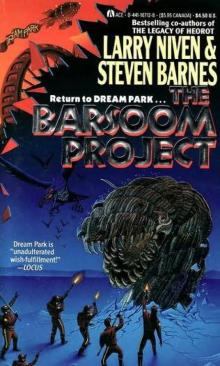 The Barsoom Project dp-2
The Barsoom Project dp-2 Building Harlequin’s Moon
Building Harlequin’s Moon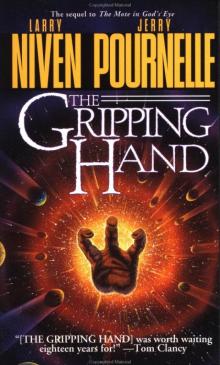 The Gripping Hand
The Gripping Hand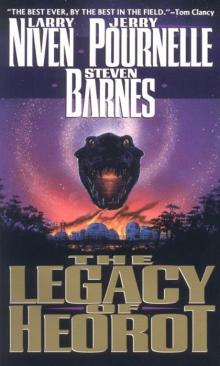 The Leagacy of Heorot
The Leagacy of Heorot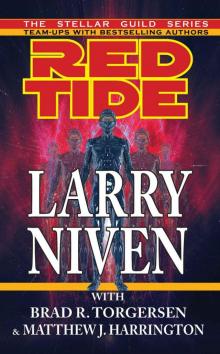 Red Tide
Red Tide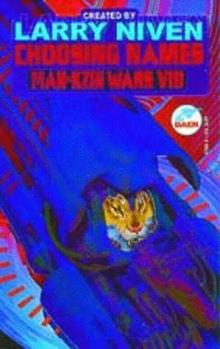 Choosing Names mw-8
Choosing Names mw-8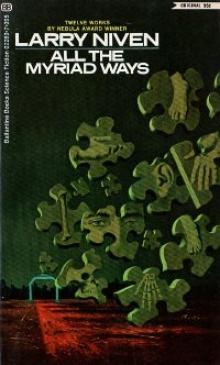 Inconstant Moon
Inconstant Moon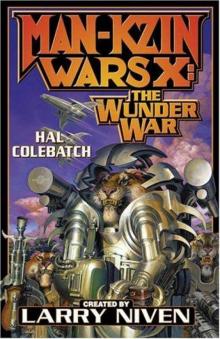 The Man-Kzin Wars 10 - The Wunder War
The Man-Kzin Wars 10 - The Wunder War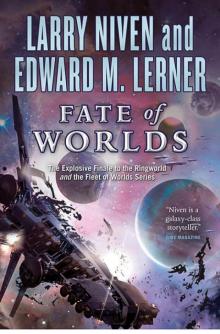 Fate of Worlds: Return From the Ringworld
Fate of Worlds: Return From the Ringworld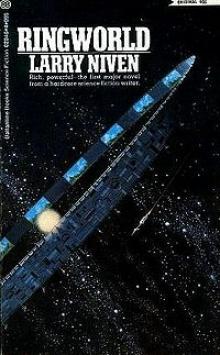 Ringworld r-1
Ringworld r-1 05-A Gift From Earth
05-A Gift From Earth The Integral Trees t-1
The Integral Trees t-1 Footfall
Footfall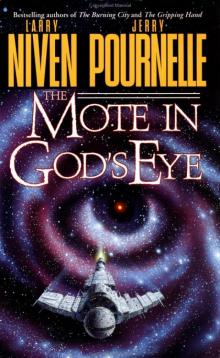 The Mote In God's Eye
The Mote In God's Eye Achilles choice
Achilles choice The Man-Kzin Wars 01
The Man-Kzin Wars 01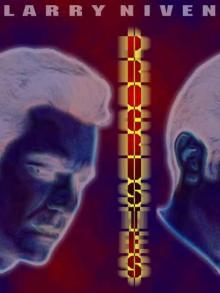 Procrustes
Procrustes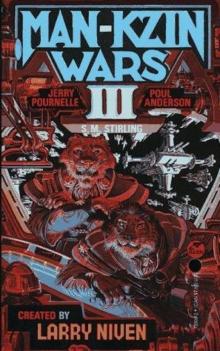 The Man-Kzin Wars 03 mw-3
The Man-Kzin Wars 03 mw-3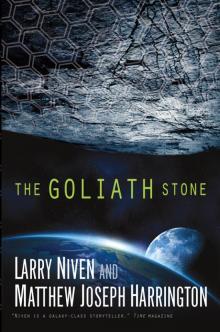 The Goliath Stone
The Goliath Stone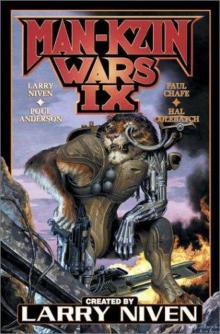 The Man-Kzin Wars 09
The Man-Kzin Wars 09